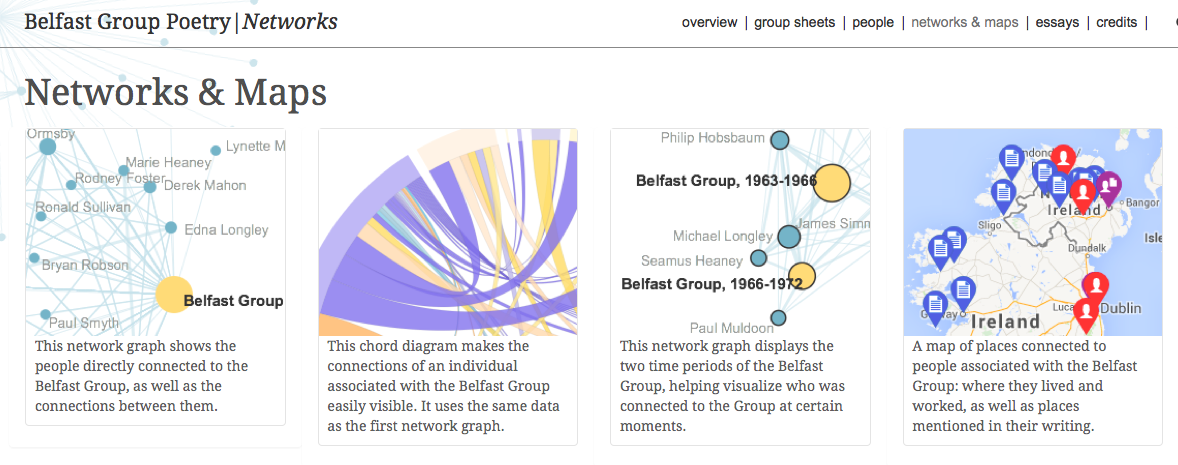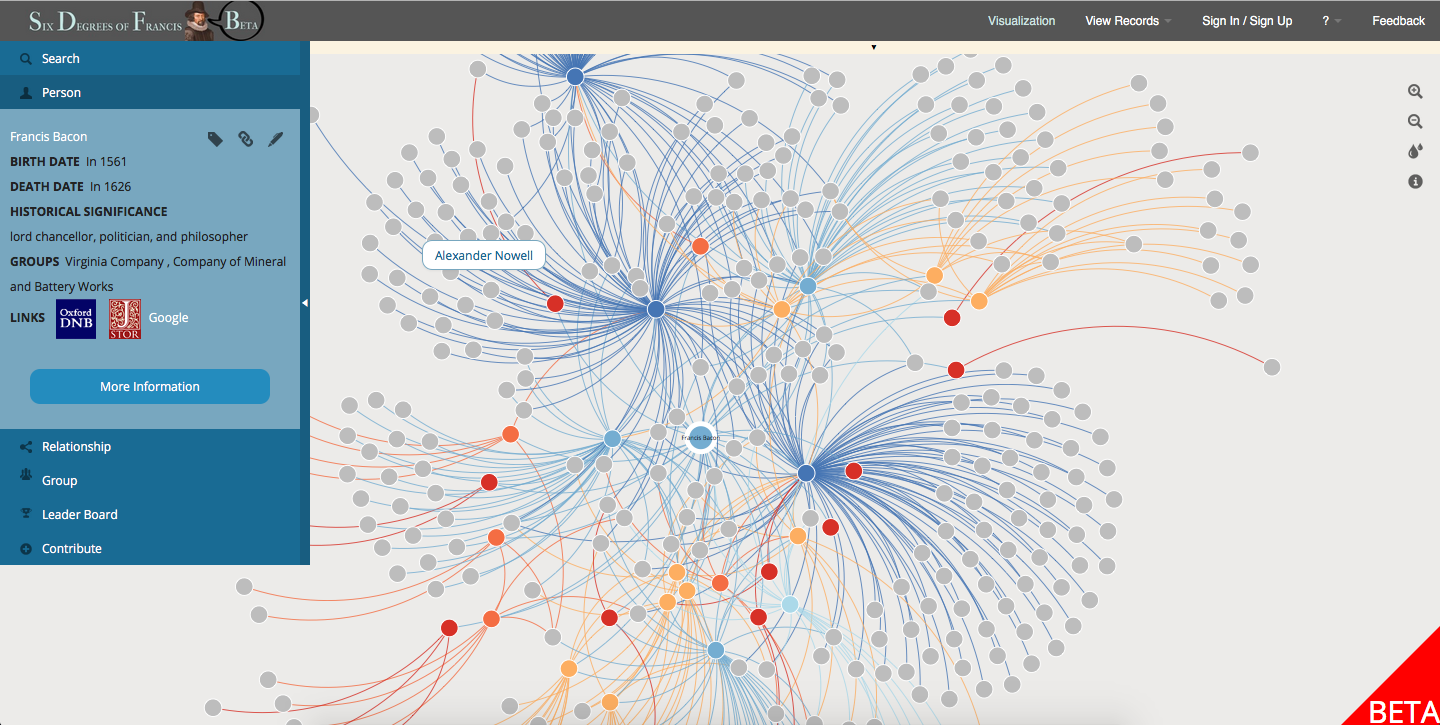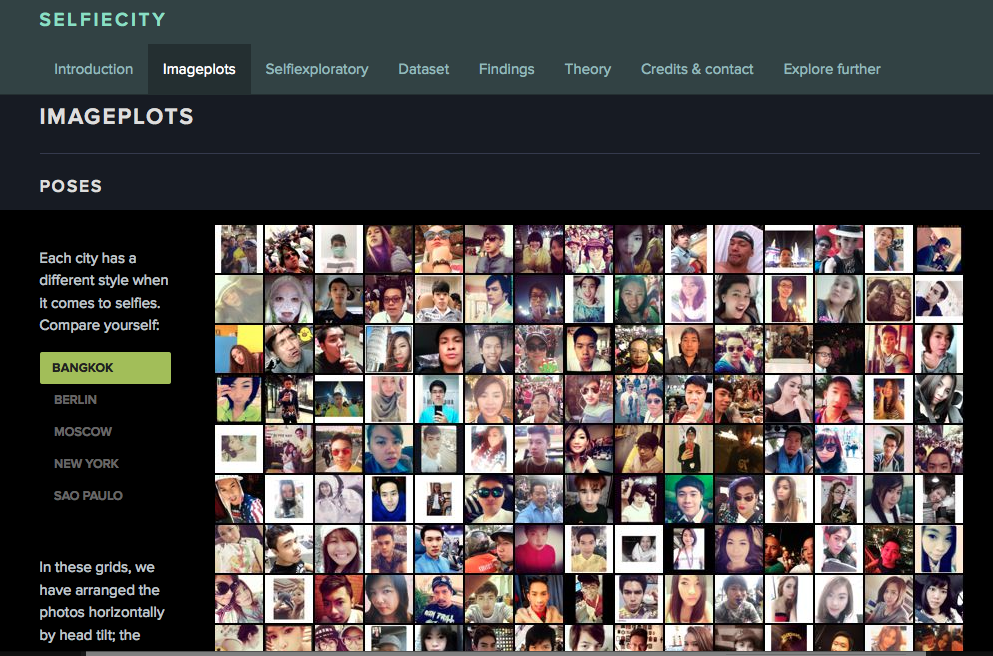“The Lesbian and Gay Liberation in Canada (LGLC) project brings together accounts of over 34,000 events, people, and places that shaped the creation of gay political consciousness in Canada, spanning from the formation of the first homophile group in in 1964 to the start of the AIDS crisis in 1981. The project takes two books, Don McLeod’s chronologies Lesbian and Gay Liberation in Canada Volumes 1 and 2, and has converted them into a database that allows users to explore the people, places, events, and publications that defined Canadian lesbian and gay liberation history.”




